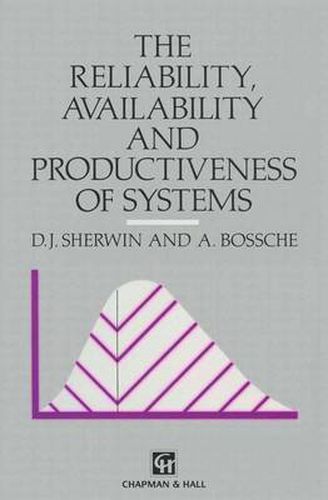Readings Newsletter
Become a Readings Member to make your shopping experience even easier.
Sign in or sign up for free!
You’re not far away from qualifying for FREE standard shipping within Australia
You’ve qualified for FREE standard shipping within Australia
The cart is loading…






This text covers the measurement and prediction of the reliability behaviour of systems of physical items. The six techniques covered are: probability theory; distributional statistics; Markov methods; fault and event trees; theory of renewal processes; and directional graph theory. This book relates all these methods to one another and to their applications. The authors are engineers rather than statisticians and take a practitioner’s view of the degree of rigour required to prove mathematical results. The aim is to make each technique and its limitations clear to working engineers, and every effort has been made to keep the mathematical explanations as simple as possible. Nevertheless some prior knowledge of algebra, calculus, probability and statistics is assumed, to about the level usually reached in European courses for Bachelor’s degrees in engineering. The book should be useful to reliability, systems and design engineers in industry as well as graduate students and educators in all branches of engineering.
$9.00 standard shipping within Australia
FREE standard shipping within Australia for orders over $100.00
Express & International shipping calculated at checkout
This text covers the measurement and prediction of the reliability behaviour of systems of physical items. The six techniques covered are: probability theory; distributional statistics; Markov methods; fault and event trees; theory of renewal processes; and directional graph theory. This book relates all these methods to one another and to their applications. The authors are engineers rather than statisticians and take a practitioner’s view of the degree of rigour required to prove mathematical results. The aim is to make each technique and its limitations clear to working engineers, and every effort has been made to keep the mathematical explanations as simple as possible. Nevertheless some prior knowledge of algebra, calculus, probability and statistics is assumed, to about the level usually reached in European courses for Bachelor’s degrees in engineering. The book should be useful to reliability, systems and design engineers in industry as well as graduate students and educators in all branches of engineering.